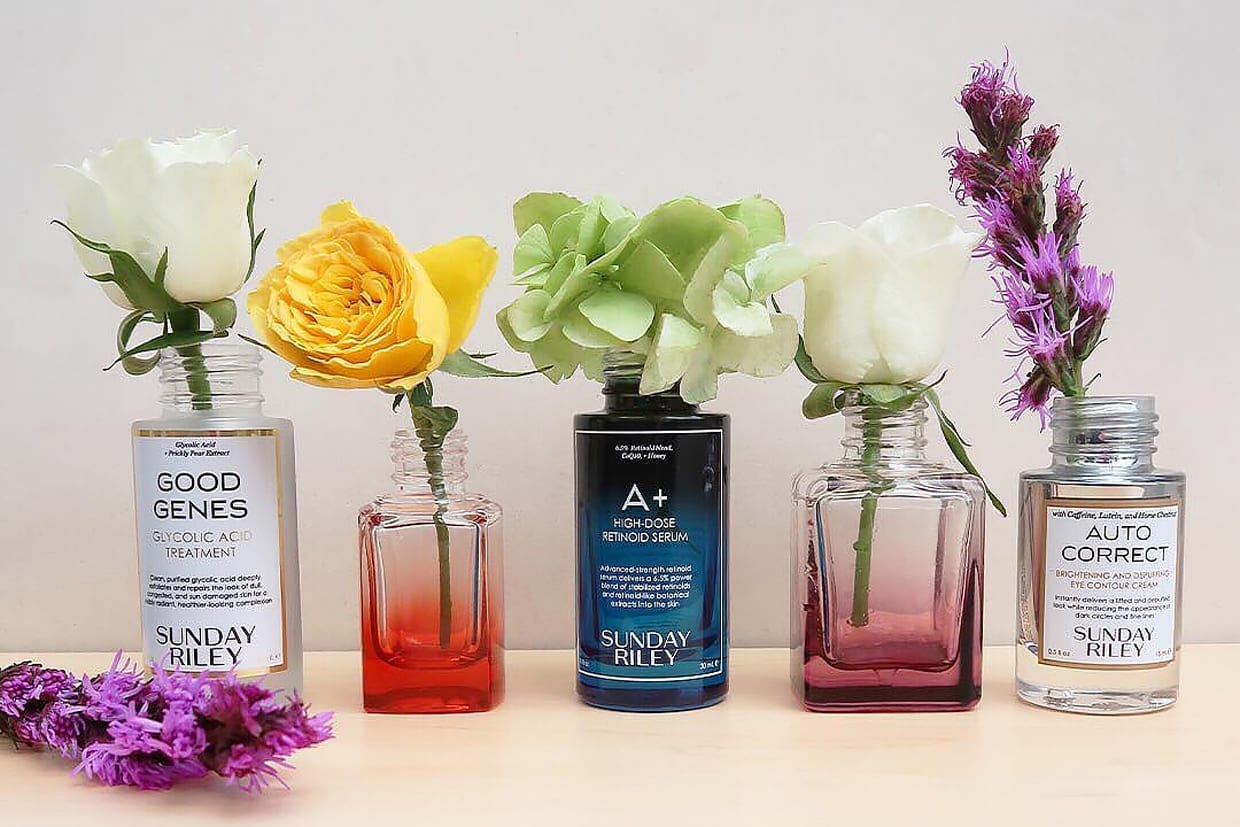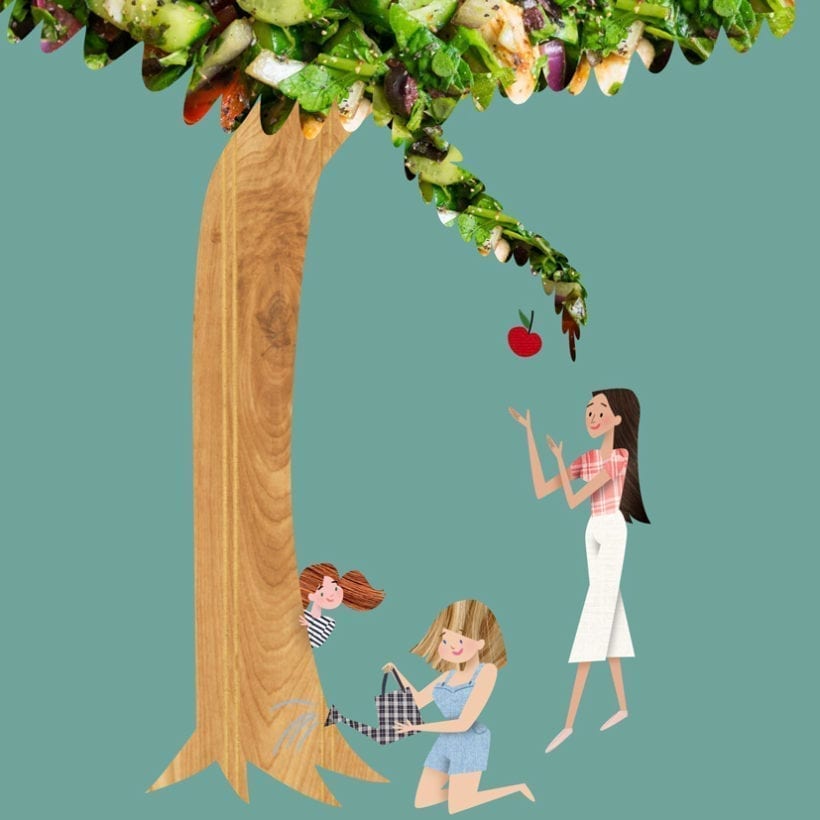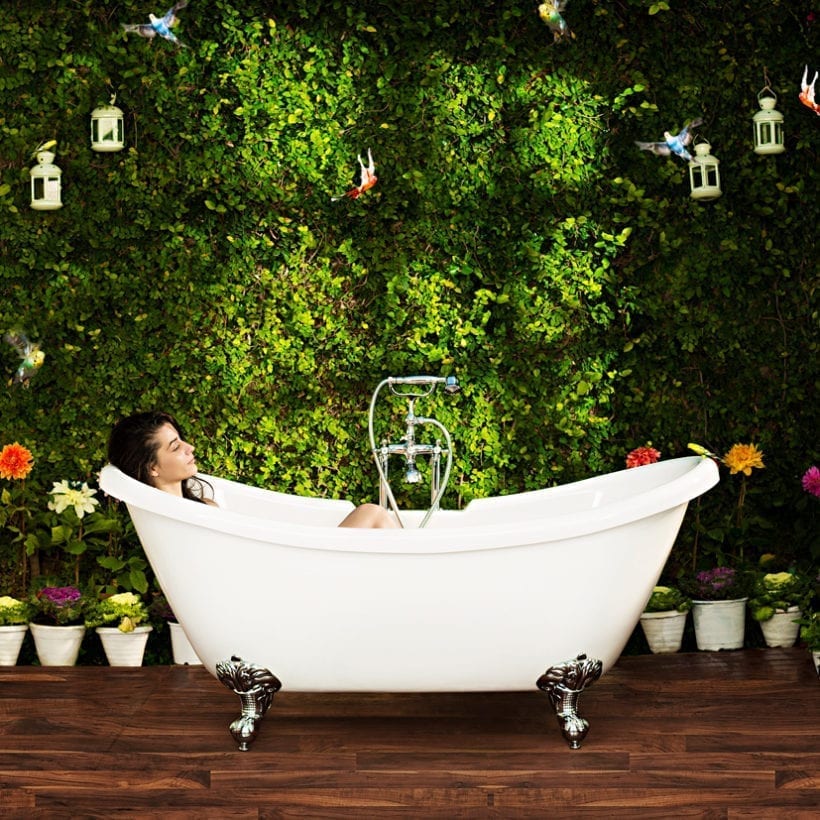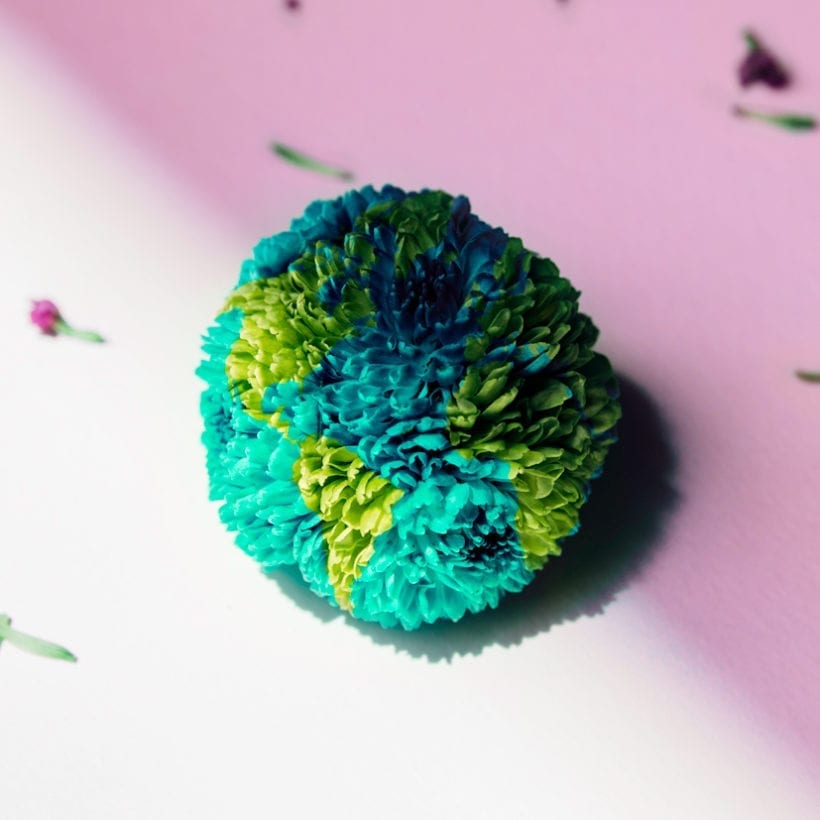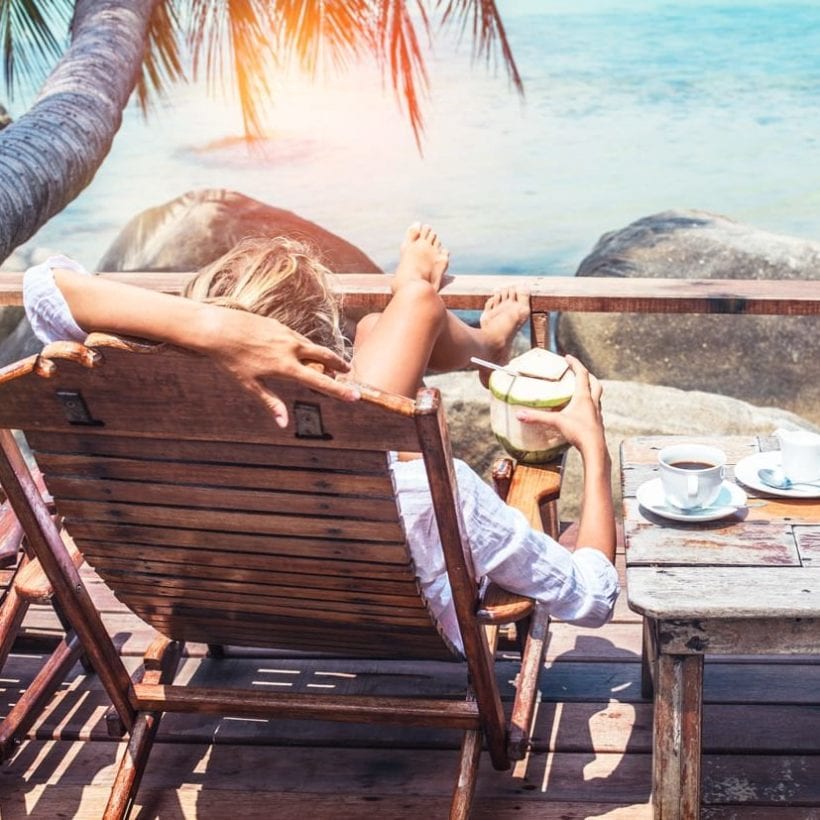Just as every beauty enthusiast knows the sweet feeling of satisfaction that comes with finishing up a well-loved product, we are just as familiar with the ensuing conundrum of not knowing exactly what comes next. Sustainability is at the forefront of everyone’s minds these days and the beauty industry as a whole has begun to make the shift toward more eco-friendly practices. But as a consumer — standing at our bathroom counter holding a freshly-emptied bottle, jar or compact — we are left with a lot of question marks. When it comes to recycling beauty products, rules are not consistent across the board and doing the right thing is not as clear as black and white.
One major issue that is hurting our collective recycling efforts is something known as “wishcycling.” Our overzealous nature to minimize our waste by recycling as much as possible (without doing our research) is proving to be a setback because of contamination. When nonrecyclables make their way into the mix, this can result in surrounding recyclable items not being properly sorted and processed, meaning the whole batch could end up in the landfill.
When making your beauty routine more sustainable, it is important to remember that it really begins with what you buy.
So, how can we be certain that the beauty products we are putting into our recycling bins are actually recyclable? With paper packaging and glass jars, things are relatively straightforward. But the reality is that most of our beauty lineup is housed in plastic containers of assorted shapes and sizes, replete with pumps, tubes, and mixed-material caps to complicate the matter further and add to the confusion. To provide some clarity, we reached out to Gina Herrera, the U.S. director of brand partnerships at TerraCycle, to educate us on how to recycle our beauty products.
Remember that sustainability begins with your purchase
While properly recycling your empty beauty products might be the most salient step in making your beauty routine more sustainable, it is important to remember that it really begins with what you buy. “As a first step when considering best practices for a minimal impact on the planet, consumers should be mindful when making purchases for beauty products,” says Herrera.
With brands like Sunday Riley exploring initiatives such as reusable jars and removing foam from packaging, it is possible to have a headstart in minimizing your waste. “Look for brands that offer end-of-life solutions for their packaging either through a take-back program or a recycling program,” suggests Herrera. By being more intentional about our initial choice of what we “add to cart,” we can significantly reduce our impact down the line.
Start small and stick with it
“Recycling can often feel daunting, or dare I say, difficult, especially for folks who want to have a big impact on the planet,” admits Herrera. Still, she reminds us not to be discouraged by all of the information out there and rather, start with small changes to our daily routine. Stepping up requires added effort, but by becoming more conscious consumers — from deciding what to buy to disposing of it — we can minimize our negative impact and support something truly beautiful.
Know your numbers
A common misconception is that the symbol of three arrows creating a triangle (known as the Mobius loop) is an indicator that something is recyclable or made from recycled materials. In actuality, the number (one through seven) within the loop indicates what type of resin is used to create the plastic — and thereby whether or not it is recyclable. Most recyclable plastics have a 1 or 2 recycling code, number 3 is PVC and should be tossed, not recycled, and numbers 4 through 7 depending on the restrictions in your area. Once you have checked with your municipality to learn what numbers are accepted, you can determine exactly what products feature plastic that is allowed by your curbside recycling program.
https://www.instagram.com/p/By5vy-0Ar8u/
Do your research
Before even eyeing the recycling bin, the very first thing anyone should do is to learn the most updated recycling rules in their region. “Like many waste streams, a common mistake when recycling is making an assumption about what can be tossed in a curbside bin prior to checking with their local municipality,” notes Herrera. “What may look to be recyclable in their blue bin may not be accepted where they live.”
Herrera explains that in general, common items that can be collected curbside include glass, basic number 1 and number 2 plastics, and aluminum, but restrictions vary from city to city. What can and can’t be recycled is very much dependent on where someone lives as their local facilities will dictate what can be recycled in their area. “Each municipality has different recycling requirements and consumers should check with their town to find out what can be put in their curbside bin,” she advises.
Rinse out any residue
Just like with food items, it is essential that you clean out any container you plan on recycling. “A simple yet common mistake is tossing beauty products for recycling without removing residue or leftover product,” warns Herrera. “Excess product can render an item that otherwise would have been recycled non-recyclable as it can contaminate the recycling stream.” It is also advised to remove any adhesives, like labels, when possible. Some, like paper labels, can be recycled separately.
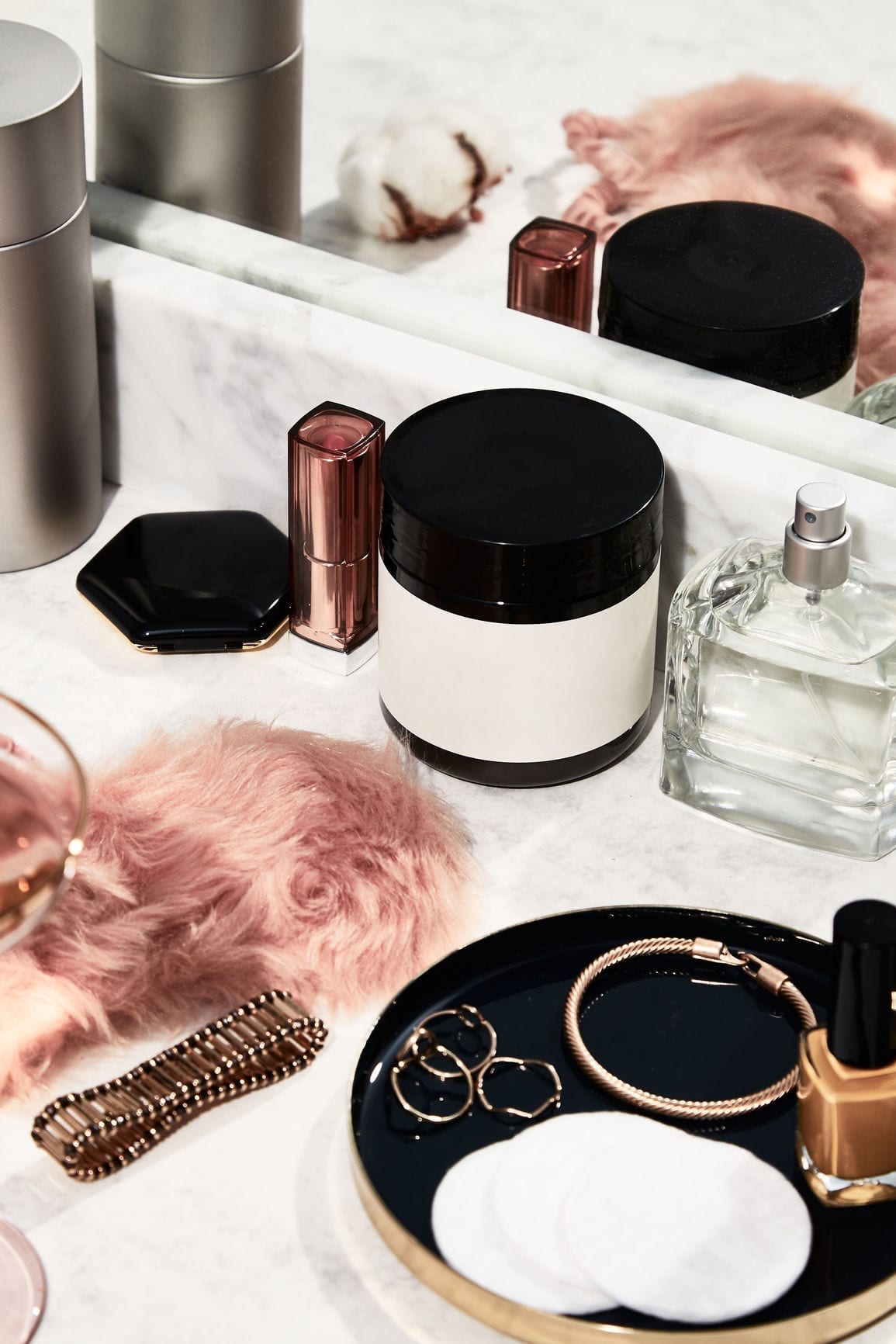
Steer clear of common culprits
While you should always check the labels and cross-reference with your local municipality’s rules, there are certain items that are almost always nonrecyclable. “A variety of complex beauty packaging cannot often be curbside recycled,” states Herrera, who gave us a list of usual suspects by category.
For skincare, she names soap dispensers and tubes, lotion dispensers and tubes, body wash caps, and lip balm tubes on the “no” list. For hair care, shampoo and conditioner caps, as well as hairspray triggers and hair gel tubes, do not make the cut. For cosmetics, the nonrecyclable list is surprisingly long: lipstick cases, lip gloss tubes, mascara tubes, eyeshadow cases, bronzer cases, foundation packaging, powder cases, eyeliner cases, eyeliner pencils, eyeshadow tubes, concealer tubes and lip liner pencils. Though these lists seem to run the gamut, do not be discouraged. There are ways to recycle hard-to-recycle items, which brings us to our last tip.
Find an alternative recycling program
Once you have determined that an item is not recyclable in your municipality, that does not mean you necessarily have to toss it into the waste bin. “For non-recyclable items, we would recommend checking out terracycle.com, which offers information, resources and access to both free and paid recycling programs for hard-to-recycle waste streams,” says Herrera.
